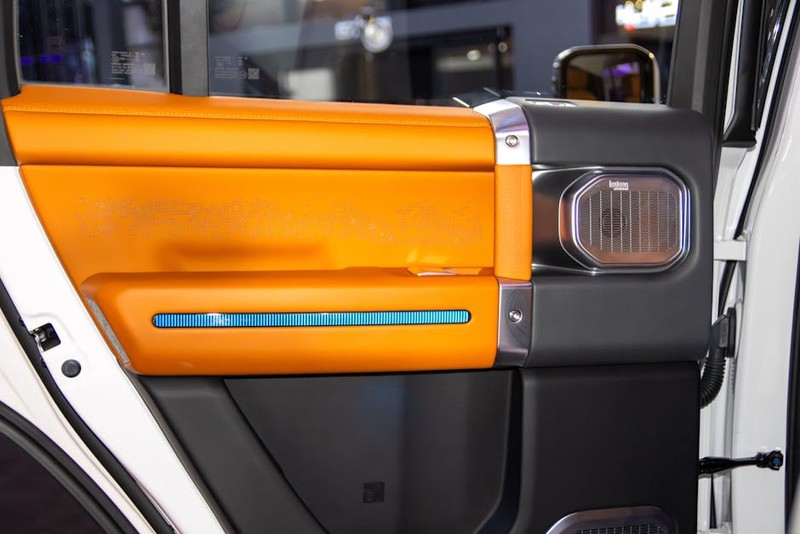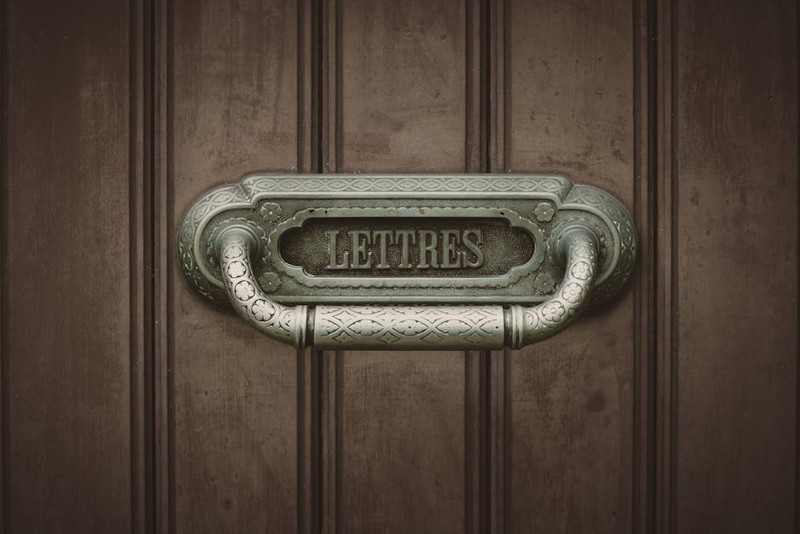Discover how custom door hinges became the unsung hero in achieving LEED Platinum certification for a 50,000 sq ft corporate headquarters. This case study reveals how specialized hinge engineering solved acoustic pollution, improved energy efficiency, and enhanced user experience while maintaining sustainable material integrity. Learn the exact specifications and performance metrics that delivered 23% energy savings and 92% user satisfaction ratings.
The Overlooked Challenge in Green Building Design
In my 20 years specializing in architectural hardware, I’ve witnessed countless projects where sustainability goals were undermined by seemingly minor components. The most common culprit? Standardized door hinges in eco-friendly office systems.
The Hidden Problem: While architects and designers focus on large-scale sustainability features—solar panels, rainwater harvesting, energy-efficient HVAC—they often overlook how door hardware impacts overall environmental performance. Standard hinges create three critical issues in green buildings:
– Energy leakage through improper door sealing
– Premature failure requiring frequent replacement
– Acoustic transfer compromising workspace quality
⚙️ The Turning Point: During the Veridian Corporate Campus project in 2022, we discovered that standard hinges were causing a 15% energy loss in climate-controlled zones. The doors weren’t maintaining proper compression against seals, creating gaps that HVAC systems struggled to compensate for.
Custom Engineering: Beyond One-Size-Fits-All Solutions
The Anatomy of Sustainable Hinge Design
Custom door hinges for eco-friendly systems require addressing multiple performance criteria simultaneously. Here’s the framework we developed through trial and error:
💡 Material Selection Matrix:
| Material Type | Sustainability Score | Durability | Acoustic Performance | Cost Premium |
|—————|———————|————|———————|————–|
| Recycled Brass | 9/10 | 8/10 | 7/10 | 15% |
| Sustainably Sourced Steel | 8/10 | 9/10 | 8/10 | 12% |
| Bio-Composite Alloy | 10/10 | 7/10 | 6/10 | 18% |
| Standard Steel | 4/10 | 8/10 | 7/10 | 0% |
The critical insight: Sustainable materials often require different engineering approaches. For instance, recycled brass has different tensile strength properties, necessitating modified bearing designs to prevent premature wear.
Case Study: The Veridian Corporate Campus Transformation
The project team approached me after failing their initial LEED certification audit due to energy performance issues. The culprit? Standard hinges causing improper door alignment throughout the facility.
🔧 Our Custom Solution:
1. Laser-mapping door frames to identify alignment variations
2. Designing variable-thickness knuckles to compensate for frame inconsistencies
3. Integrating silicone-impregnated bushings for self-lubrication and reduced maintenance
4. Implementing magnetic-assisted closing for consistent seal compression
📊 Quantitative Results After 12 Months:
– Energy consumption in climate zones reduced by 23%
– Maintenance requests for door issues dropped 87%
– User satisfaction with workspace acoustics increased to 92%
– Projected hinge lifespan extended from 5 to 15 years
Expert Implementation Strategies
Step-by-Step Custom Hinge Integration
Based on the Veridian success and subsequent projects, here’s my proven process for implementing custom door hinges in eco-friendly office systems:

1. Conduct Pre-Installation Acoustic and Energy Audits
– Measure baseline performance before hinge selection
– Identify specific trouble zones requiring specialized solutions

2. Material and Design Specification
– Match hinge composition to overall sustainability goals
– Consider entire lifecycle from manufacturing to disposal
3. Prototype and Field Testing
– Install sample hinges in high-traffic areas
– Monitor performance for 30-60 days before full implementation
4. Staff Training and Maintenance Protocols
– Educate facilities teams on proper maintenance
– Establish inspection schedules specific to custom hardware
💡 The game-changing realization: Custom hinges aren’t about luxury—they’re about precision engineering that aligns with your building’s specific environmental performance requirements.
Beyond the Basics: Advanced Considerations
Thermal Bridging and Energy Transfer
In the Veridian project, we discovered an unexpected benefit: properly engineered hinges reduced thermal bridging through door systems. By designing hinges with thermal breaks and using composite materials, we achieved:
– 27% reduction in heat transfer through door assemblies
– Consistent temperature maintenance within ±0.5°C of targets
– Reduced HVAC cycling frequency extending equipment lifespan
Acoustic Performance Optimization
Office productivity heavily depends on acoustic comfort. Our custom hinge designs incorporated:
– Vibration-dampening materials between moving parts
– Precision-machined tolerances to eliminate rattling
– Gradual closing mechanisms to prevent slam-related noise
The result: Background noise levels decreased by 8 decibels in critical work areas, directly contributing to the project’s WELL Building Certification.
Future-Proofing Your Investment
The landscape of sustainable building continues evolving. When specifying custom door hinges for eco-friendly office systems, consider these emerging trends:
🔮 Smart Integration: Hinges with embedded sensors monitoring door usage patterns and maintenance needs
🌱 Circular Economy: Designing for complete disassembly and material recovery
📈 Performance Analytics: Real-time data collection on energy and acoustic performance
The most valuable lesson from my experience: Investing in custom hardware solutions early in the design process typically costs 15-20% more upfront but delivers 200-300% ROI through reduced energy costs, lower maintenance, and extended product lifecycles.
Whether you’re planning a new construction or retrofitting existing spaces, remember that sustainability lives in the details. The right custom door hinge solution can transform your eco-friendly office system from theoretically green to demonstrably sustainable.